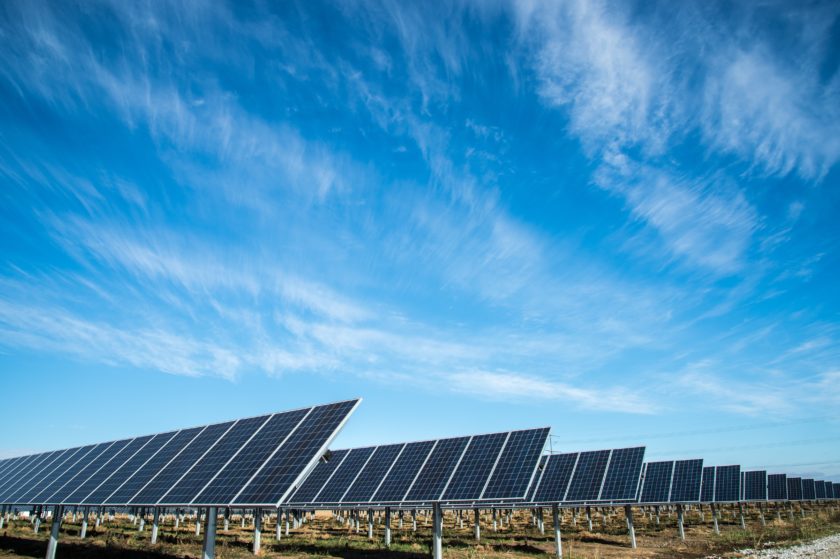Green bonds have a vital role to play in helping to deliver on the world’s climate change goals, says Steven Williams, Global Green Bond portfolio manager at Nikko Asset Management.
“The era of global warming has ended; the era of global boiling has arrived.” Those were the words of United Nations Secretary-General António Guterres in a recent speech at the UN headquarters in New York City. In January 2023, the World Meteorological Organization announced that the past eight years were the warmest on record globally, caused by ever-rising greenhouse gas concentrations and accumulated heat.
The financial risks of climate change
But there is still time to turn the tide, and as world leaders gather this week in the UAE for the COP28 UN climate summit, discussions around the mitigation of the climate crisis are reaching new intensities.
More positively, Guterres said: “It is still possible to limit global temperature rise to 1.5°C [above pre-industrial levels] and avoid the very worst of climate change. But only with dramatic, immediate climate action”. This call for immediate action is why we define climate change as an investment megatrend, and we believe Green and Sustainable Bonds have a vital role to play. We’ve long believed this, as pioneers in the Green Bond space. Alongside the World Bank in 2010 we launched the world’s first dedicated World Bank Green Bond Fund.
Helping brown industries turn green
Finding solutions to climate change will likely centre on innovation and technology advancement, and will therefore require significant funding. These efforts require research and development (R&D) funding. Green and Sustainable Bonds are structured like standard bonds, with the proceeds either applied exclusively to fund projects such as renewable energy projects, waste management, and other initiatives designed to promote sustainable practices or linked to a positive environmental change.
Within the Nikko AM Green Bond team, we have a particular focus on companies in the traditional and developed industries – those that actually contribute most to the carbon output. This is, in part, because they can most help to move the needle in terms of the transition to net zero. These high-carbon emitting ‘brown’ industries are often excluded from sustainable finance markets. Yet, by definition, these industries harbour the lion’s share of potential for CO2 emission reductions and often do not yet have substitutes (such as steel, aluminium and cement industries). We therefore believe it is crucial to support these industries in their transition, while pursuing the integrity and stringent requirements that the climate emergency demands.
We believe that investing in this space is going to have a significant impact in transitioning these traditional brown industries from being climate negative to being climate positive. Tax incentives, such as the Inflation Reduction Act in the US, are expected to have a significant impact in terms of meeting net zero targets by helping these traditional brown industries re-adjust.
How investment can support net zero targets
In the transition to net zero, the focus is on impact and engagement, and in particular, companies with ambitious targets for net zero and carbon reduction.
Electricity generation is a critical area of focus due to its high impact on global carbon output. IEA forecasts suggest electricity consumption is going to double or perhaps quadruple over the next 30 years. Therefore, providing capital to enable the transition to green and renewable power sources is critical. Much of the capital needed for that expansion is going to come from the debt markets so picking and choosing the utility providers that have ambitious targets is going to be key.
We concentrate mostly on companies in the traditional and developed industries because we believe that investing in this space is going to have a significant impact in transitioning brown industries away from harmful activities that worsen climate change.
Green Bonds are also having an impact on emerging markets, particularly investments via the multilateral development banks which allocate capital to the region. We think this will help those economies emerge from poverty, align their standards of living with the rest of the world and implement the necessary adaptation changes demanded by the impacts of climate change.
Climate change is no longer an abstract concept but a reality that requires urgent action
From a financial perspective, the implications of climate change are far-reaching and transformative. Investors who recognise climate change as an investment megatrend have the opportunity to benefit from the global energy transition, the green infrastructure boom, the rise of sustainable finance, risk management and the policy-driven shift towards a low-carbon future.
The premise of Green Bonds is simple: by investing in green and sustainable projects, we can help reduce the negative impacts of climate change. As a result, Green and Sustainable Bonds offer a powerful way to support positive change and create a more sustainable future for generations to come. By actively integrating climate change considerations into investment strategies, investors can achieve both positive returns and a positive environmental impact, contributing to a more sustainable and resilient future.






























